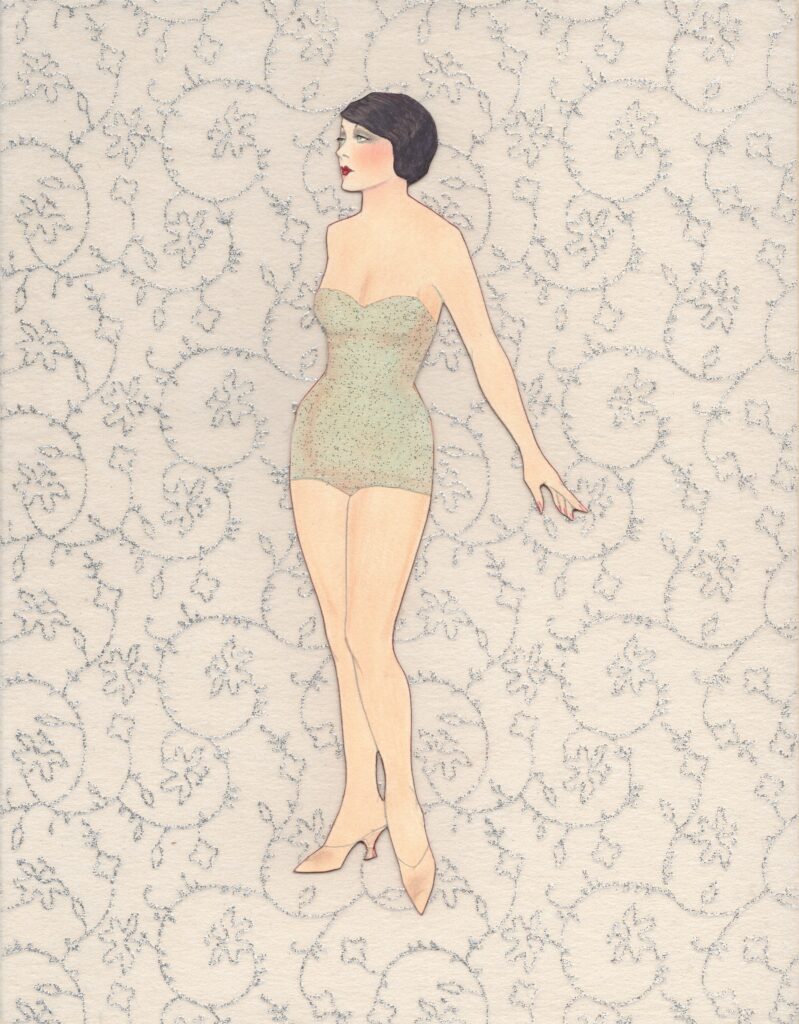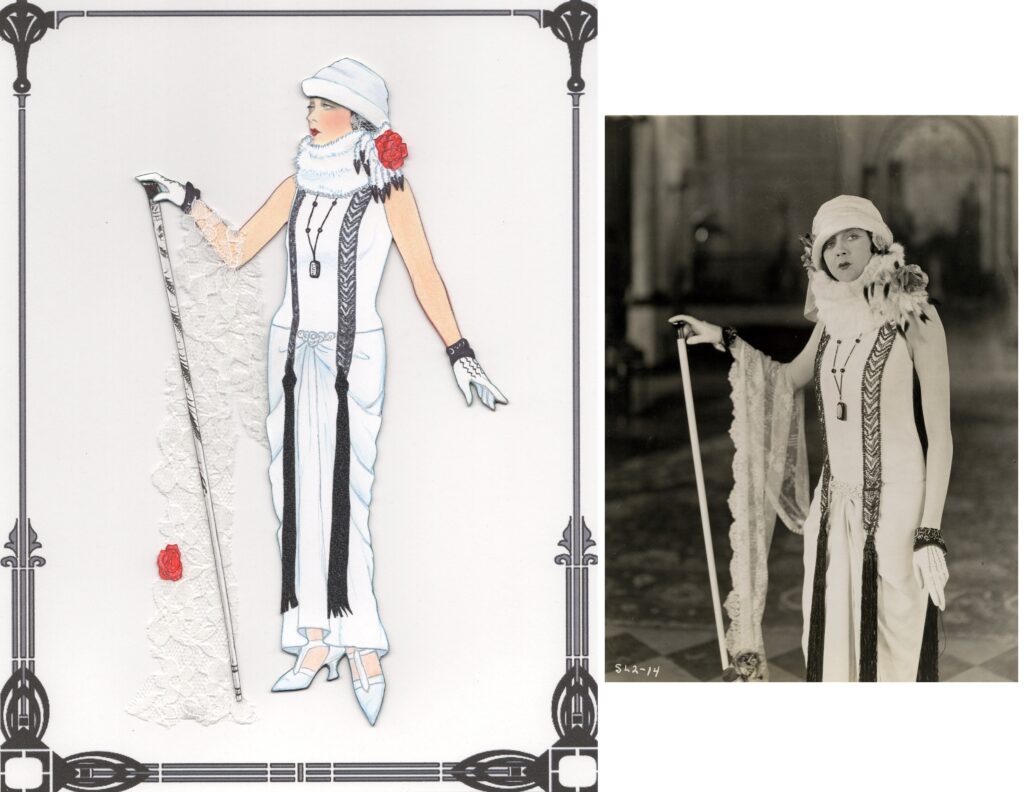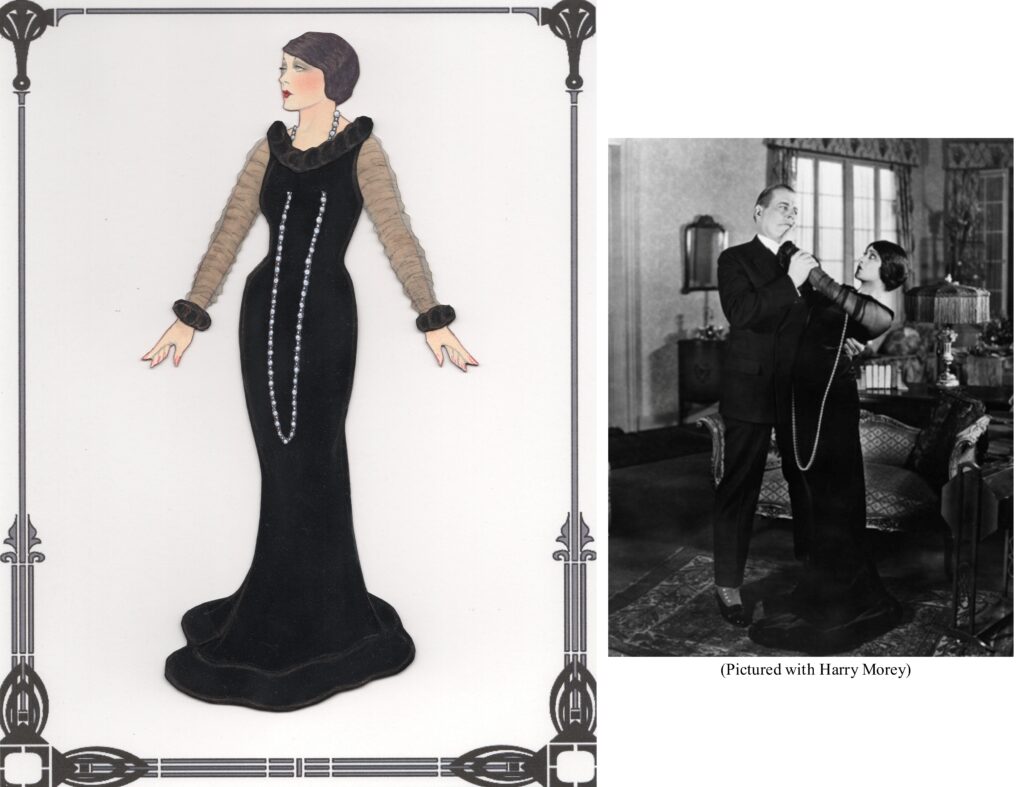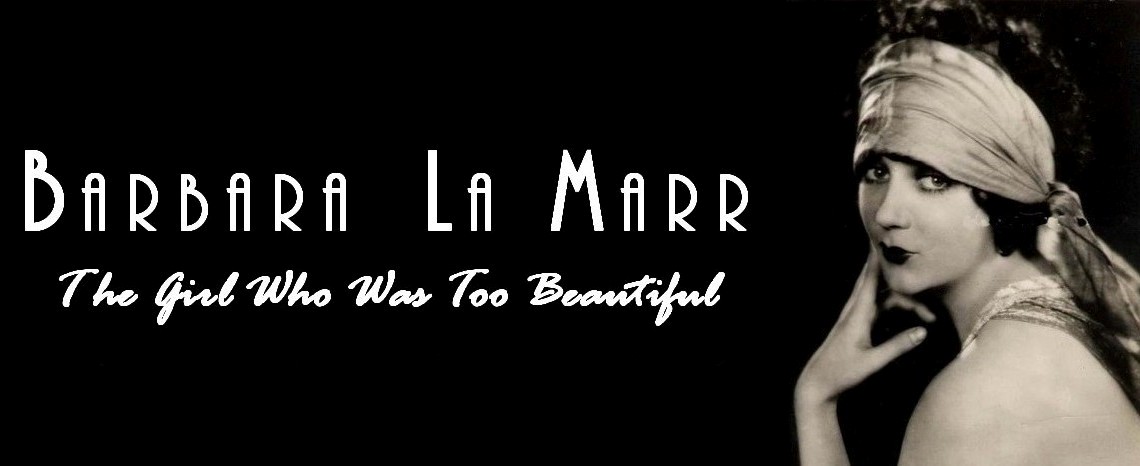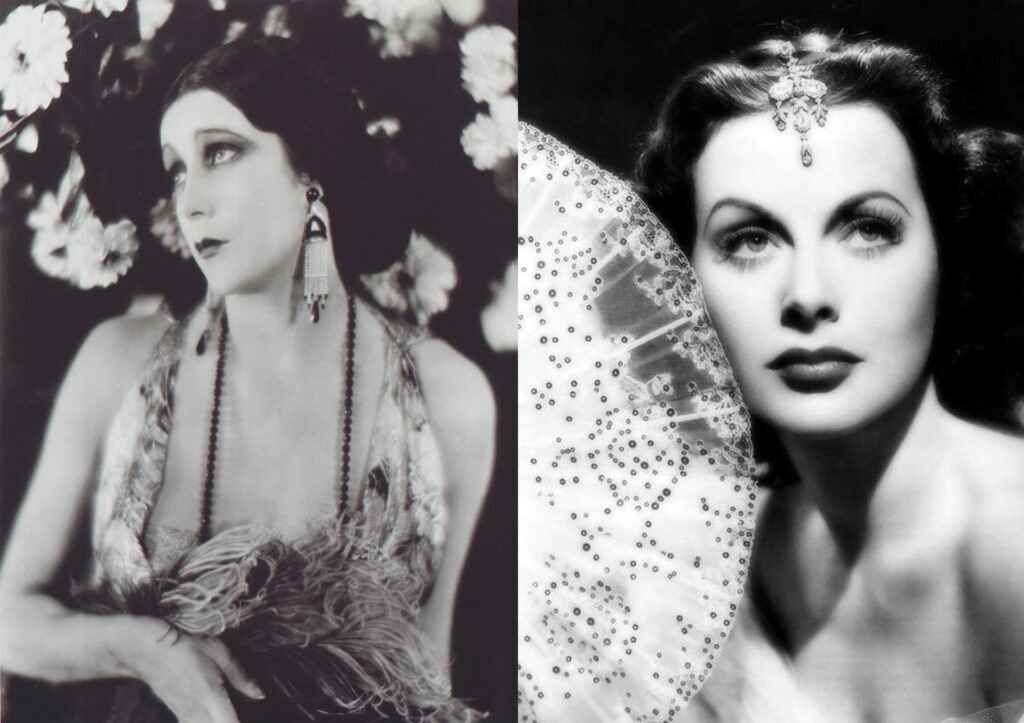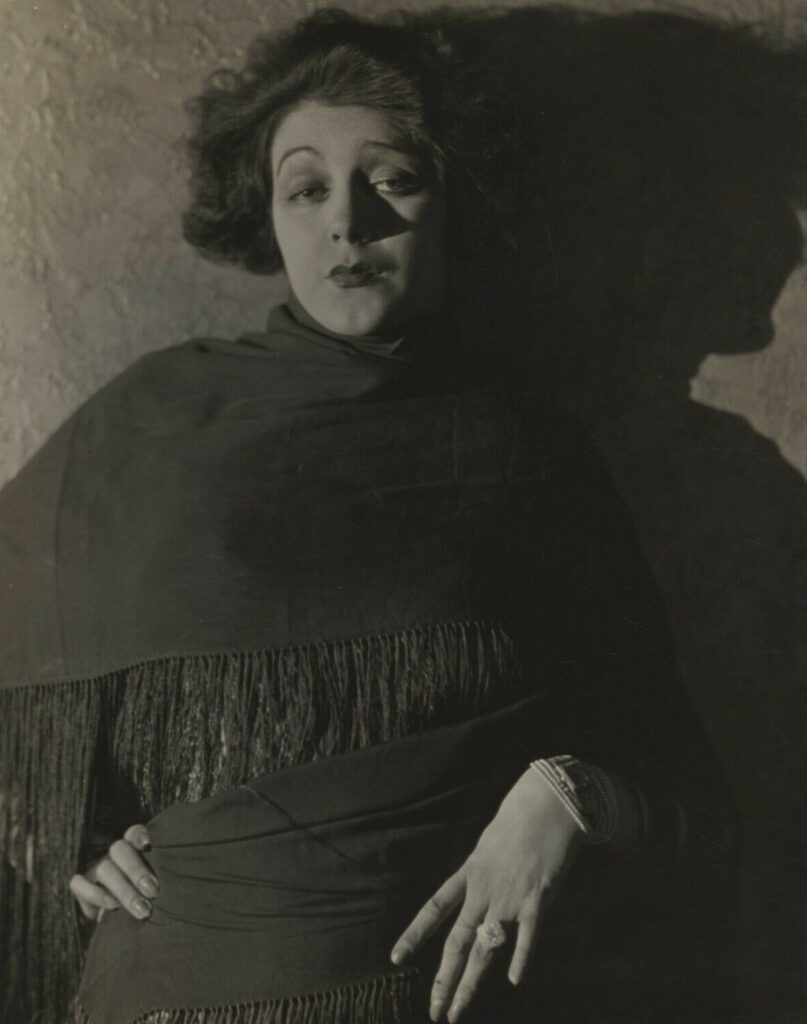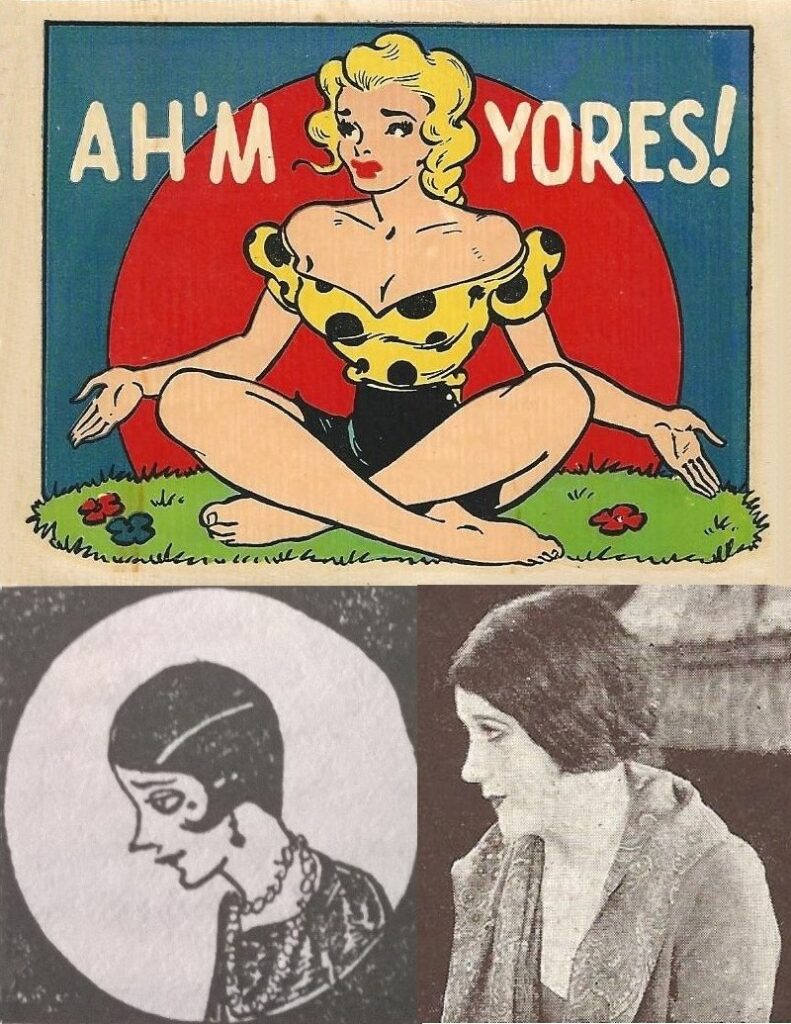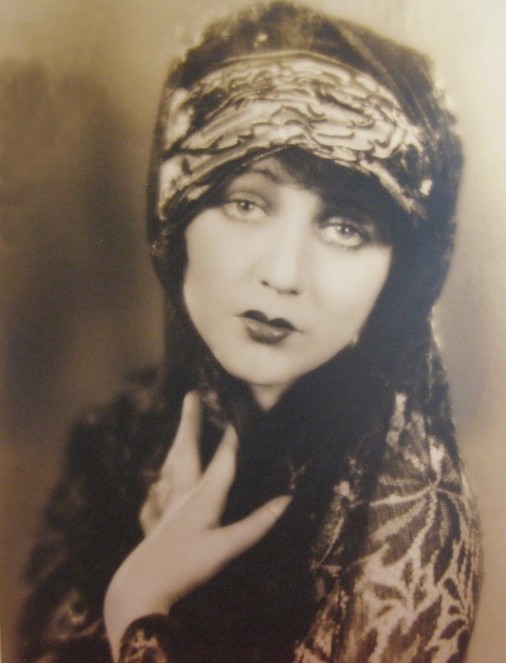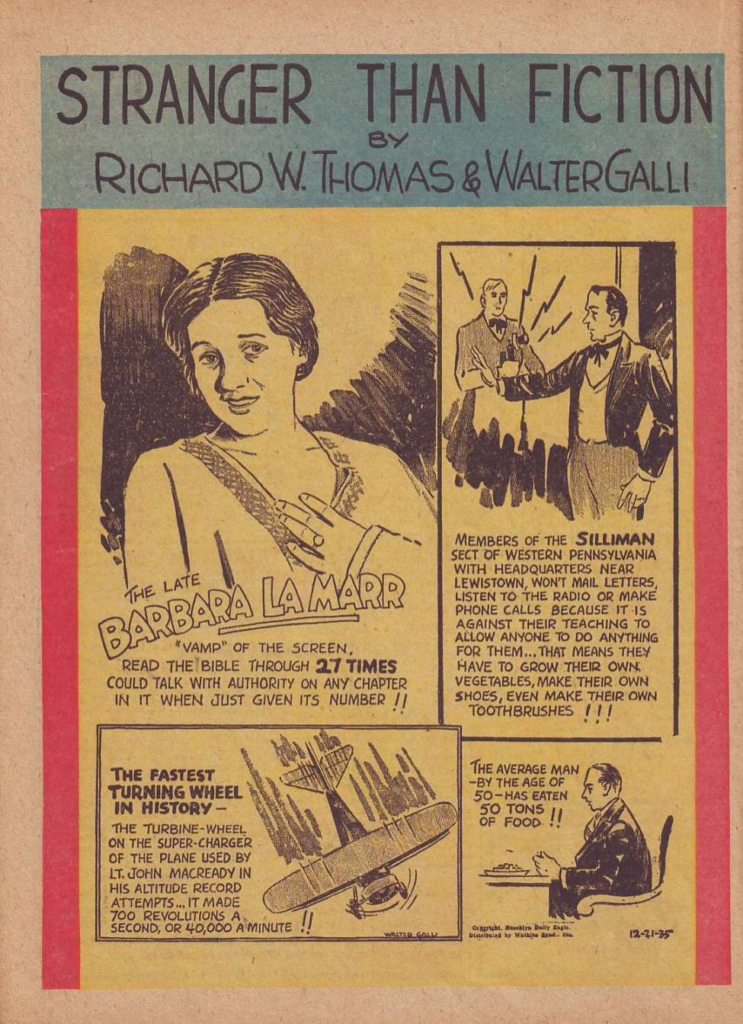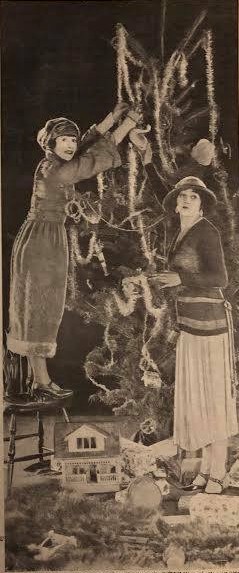Published paper doll artist extraordinaire Gregg Nystrom, who specializes in Old Hollywood glamour, has had a longstanding fascination with Barbara La Marr.
When the opportunity arose to create a souvenir doll for the Roaring Twenties-themed 2024 Paper Doll Convention, he chose to spotlight Barbara in her starring turn as a rich, disreputable temptress who finds love with an Englishman in the silent drama The Heart of a Siren (1925). Featured here are Nystrom’s Barbara doll and Barbara’s Nile green charmeuse, chiffon, and ostrich feather negligee; white crepe satin gown with black beading and tassels; and black velvet gown from the film.
Oscar-winning designer Charles LeMaire, creator of the costumes, rhapsodized, “[Barbara] was gorgeous, feline, and wore clothes with grace and elegance.” Nystrom could not agree more. “I’m an aesthete,” he said, “and she is very beautiful.”
(Read more about Gregg Nystrom, his work, and his Barbara La Marr dolls in my previous post, Barbara All Dolled Up: Celebrating the Work of Gregg Nystrom.)
